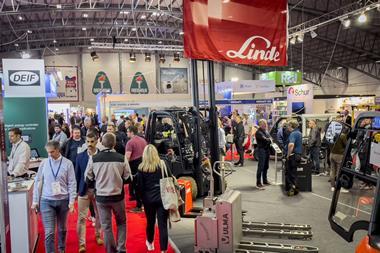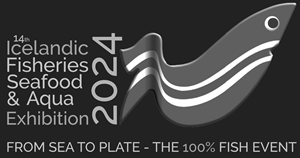The figure represents a straightforward 92% growth over the 2018 figures for the same period – or 72% when adjusted for exchange rate fluctuations.
“At the beginning of the year we predicted export values to be around ISK24 billion for the year,” SFS said.
Once the figures for the whole year are available, the prediction is expected to be fulfilled, and the total could stretch to ISK25 billion.
November alone saw the export values of aquaculture production reach ISK2.90 billion, while the top month was in October with an export value total of ISK3.1 billion – roughly double the figures for the same period in 2018.
During November salmon worth ISK2.4 million was shipped overseas, a 151% increase on the amount for November 2018. This total includes exports of live salmon, including high-value fertilised salmon eggs. During the same month trout exports were worth ISK461 million, which is a 60% increase on the same period in 2018.
“Iceland’s prosperity is closely linked to exports, and this increases as these sectors become more varied,” SFS stated.
“It speaks for itself that this growth in aquaculture is a welcome addition to the country’s export sectors. It’s still at a small scale, compared to the three major sectors, tourism, fisheries and aluminium production, but there are significant opportunities here for value creation and to increase export earnings.”
This news is an important contributor to the new IceFish 2020 focus, which is welcoming a new specific area within the exhibition dedicated to the utilisation and commercialisation of fish by-products, aquaculture, seafood/processing and the overall drive for value added within the seafood sector.
For more information contact Diane Lillo, Icefish Senior Sales Executive on 0044 1329 825 335 or Dlillo@mercatomedia.com







